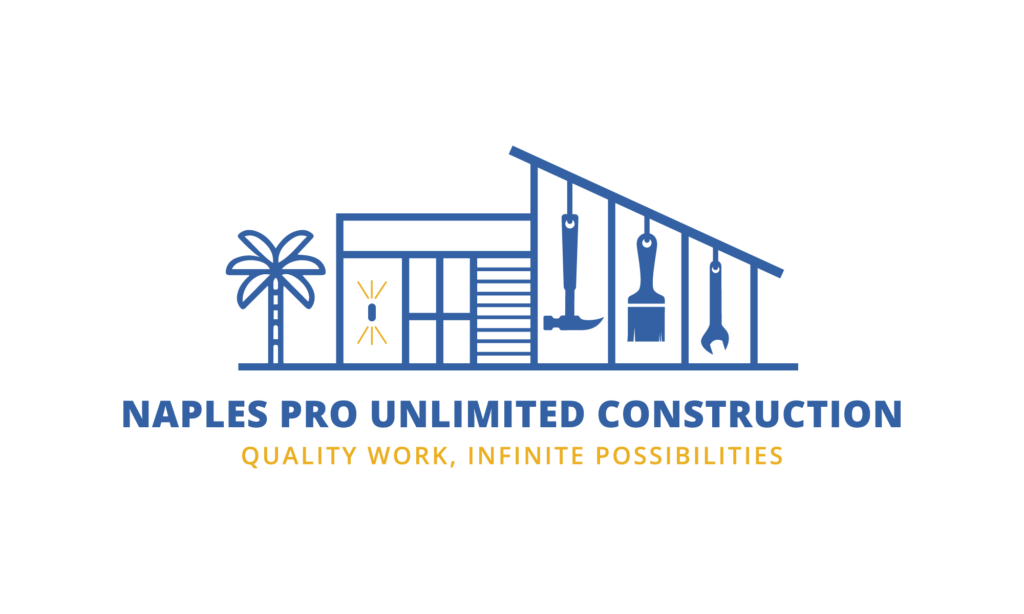Kitchen Remodeling
Building Your Kitchen Dreams
Initial Consultation and Planning: The process typically begins with an initial consultation between the homeowner and a remodeling contractor. During this meeting, the homeowner discusses their goals, preferences, and budget for the kitchen remodel. The contractor may also assess the current layout and condition of the kitchen space.
Design Phase: Once the initial consultation is complete, the design phase begins. This involves creating a comprehensive plan for the remodel, including layout changes, cabinetry design, appliance selection, and material choices for countertops, backsplashes, flooring, and lighting. Design professionals may use computer-aided design (CAD) software to visualize the proposed changes and help the homeowner make informed decisions.
Permitting and Approvals: Depending on the scope of the remodel, obtaining necessary permits and approvals from local building authorities may be required. This step ensures that the remodel complies with building codes and regulations governing structural changes, electrical work, plumbing, and other aspects of construction.
Demolition and Preparation: Once permits are obtained, the existing kitchen is typically demolished to make way for the remodel. This may involve removing old cabinets, countertops, appliances, flooring, and fixtures. The space is then prepared for construction, which may include structural modifications, electrical rewiring, plumbing updates, and installation of new framing or support elements as needed.
Installation: With the space prepared, the installation phase begins. This involves installing new cabinetry, countertops, appliances, flooring, lighting fixtures, and other elements according to the approved design plan. Skilled craftsmen, including carpenters, electricians, plumbers, and tile setters, work together to bring the design to life with precision and attention to detail.
Finishing Touches: Once the major components of the remodel are in place, the finishing touches are added to complete the project. This may include painting or staining cabinetry, installing hardware and accessories, applying decorative tile or backsplashes, and adding trim or molding for a polished look.
Final Inspection and Cleanup: After the construction work is complete, a final inspection is typically conducted to ensure that the remodel meets all applicable building codes and quality standards. Once approved, the contractor performs any necessary touch-ups or adjustments and thoroughly cleans the space to prepare it for the homeowner’s use.
Project Completion: With the remodel finished and inspected, the homeowner can finally enjoy their newly renovated kitchen. The contractor may provide a warranty for the work performed and offer guidance on proper maintenance to ensure the longevity and beauty of the remodel.

